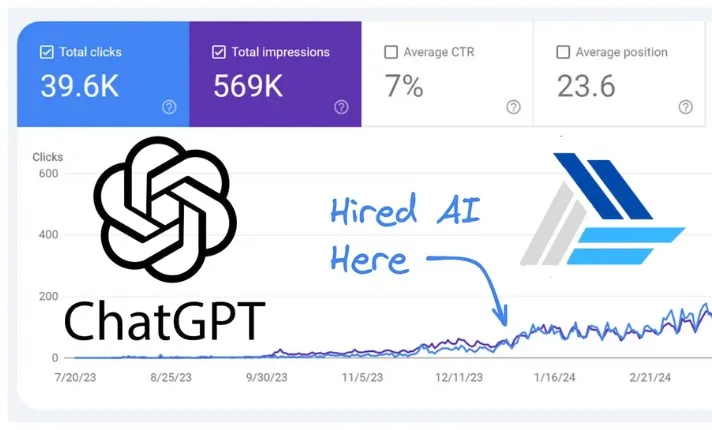What is Base64 Encoding?
Base64 encoding transforms binary data into ASCII text. The encoded text consists solely of letters (A-Z, a-z), numbers (0-9), and symbols (+, /), totaling 64 characters. This method prevents misinterpretation by legacy systems, ensuring safe data handling.
Why Use Base64 Encoding?
Base64 is particularly useful when embedding images directly into HTML documents or transmitting binary data over protocols designed for text. It ensures that data remains intact during transport, especially in situations where non-URL-friendly characters are involved.
How Does Base64 Work?
The Base64 algorithm involves converting text to binary, dividing the bits into groups of 6, converting these groups into decimal numbers, and then mapping these numbers to the Base64 character set. If the final group contains insufficient bits, padding with '=' is used.
Encoding and Decoding Examples
Base64 encoding and decoding are straightforward across various programming languages. Below are examples in popular languages:
Ruby
require "base64"encoded = Base64.encode64("Ruby on Rails")decoded = Base64.decode64(encoded)
C#
public static string ToBase64(string value) {byte[] bytes = System.Text.Encoding.ASCII.GetBytes(value);return Convert.ToBase64String(bytes);}public static string FromBase64(string encoded) {byte[] data = System.Convert.FromBase64String(encoded);return System.Text.Encoding.UTF8.GetString(data);}
PHP
JavaScript
const text = "Ruby on Rails";const encoded = btoa(text);const decoded = atob(encoded);
Try It Out!
Using our ASCII to Base64 tool at Jimni Nomics, you can easily convert your text with just a few clicks. Experience the convenience of fast and accurate encoding today!


 By: Jimni Nomics
By: Jimni Nomics
